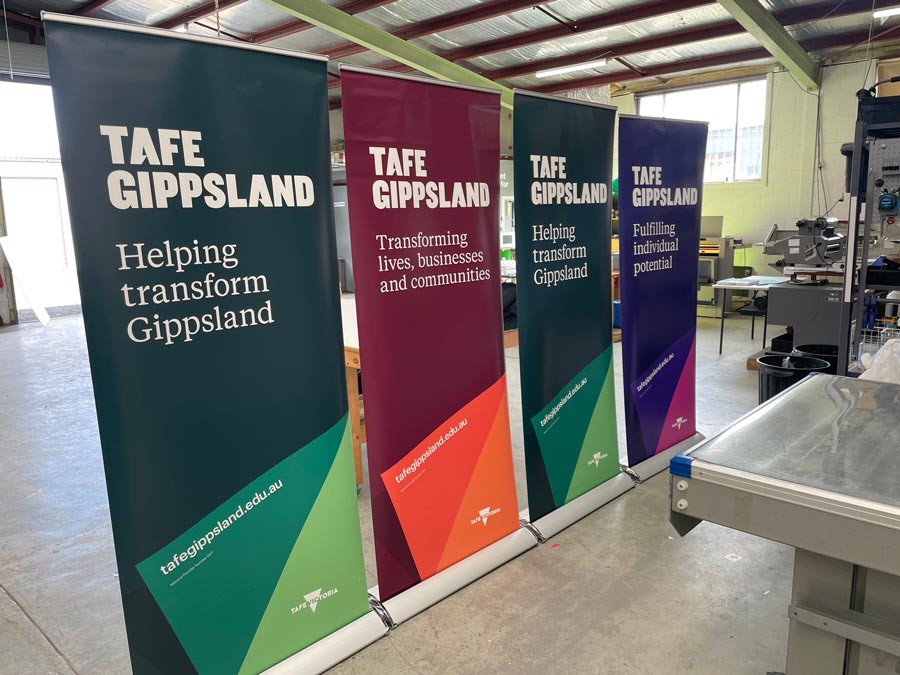Rasterised and vector artwork plays an important role in determining the quality of output for signage and printing projects. In this blog post, we will explore the differences between these two formats, how they can impact the design process and the overall quality of your finished product.
What Is Rasterised Artwork?
Rasterised artwork is a type of graphic made by using pixels. This means that when you enlarge a raster graphic, it gets pixelated or fuzzy because there are not enough pixels to maintain its sharpness. This type of artwork usually consists of many colours, gradients, textures, and photographic elements which require high resolution for clarity. Additionally, since raster images can be easily edited with image editing software like Photoshop, they are commonly used for logo creation and photo manipulation.
What Is Vector Artwork?
Vector artwork creates clean lines and smooth curves rather than individual pixels like raster artworks; this makes them suitable for any kind of material or quantity without losing out on quality. The scale-ability of vector graphics also means that you can enlarge them with no loss in detail; this makes it ideal for large format signboards as well as stationery items like business cards, banners, brochures etc. With vector artworks you can also play around with colours by adding gradients along with other more intricate elements like mesh gradients etc., making it perfect for creating logos and complex design elements that need to look the same regardless of their size.
How Does Rasterised And Vector Graphics Impact Signage And Printing Projects?
When creating signs or other printed materials, it’s important to consider the format you’re working in when selecting images or illustrations—otherwise, you may end up with blurry or pixelated results on your final project output. If a large printed sign requires intricate details then vector graphics should be used as they can be scaled up without losing quality while raster graphics may become pixelated if enlarged too much. On the other hand, complex photographs such as those that contain gradients and textures should use rasterised format so that their intricate details remain intact despite size changes.
When To Use Rasterised Images?
For smaller-scale prints for leaflets or small magazines, then rasterised images will often suffice since there’s no need for heavy enlargement here. For example, pictures taken from devices such as phones usually come as JPEG/JPEGs which fall under this category – they won’t look great if enlarged too much but will still work perfectly fine at relatively small sizes where resolutions are kept low enough to avoid distortion issues..

When To Use Vector Art?
Whenever you want your design element – logo, text, etc – kept clean across all scales then this is almost always going to be your best bet; particularly when it comes to signs or banners! Vectors aren’t limited by pixel boundaries therefore they remain crystal clear throughout any degree of enlargement; making them ideal for all sorts of signage needs! Additionally, vectors are also flexible so if you need any special effects added over time (for example shadows), then these can be easily manipulated without leading to distortions as well..
In conclusion, whether you’re creating signage or other types of printed material it is important to consider which format (rasterised or vector) best suits your design to ensure a higher quality result upon completion
So there you have it – now that you understand the differences between rasterised and vector artwork there’s nothing stopping you from creating amazing signs, stationery products and more! Contact Easyaz today to get started with your custom business marketing project!


